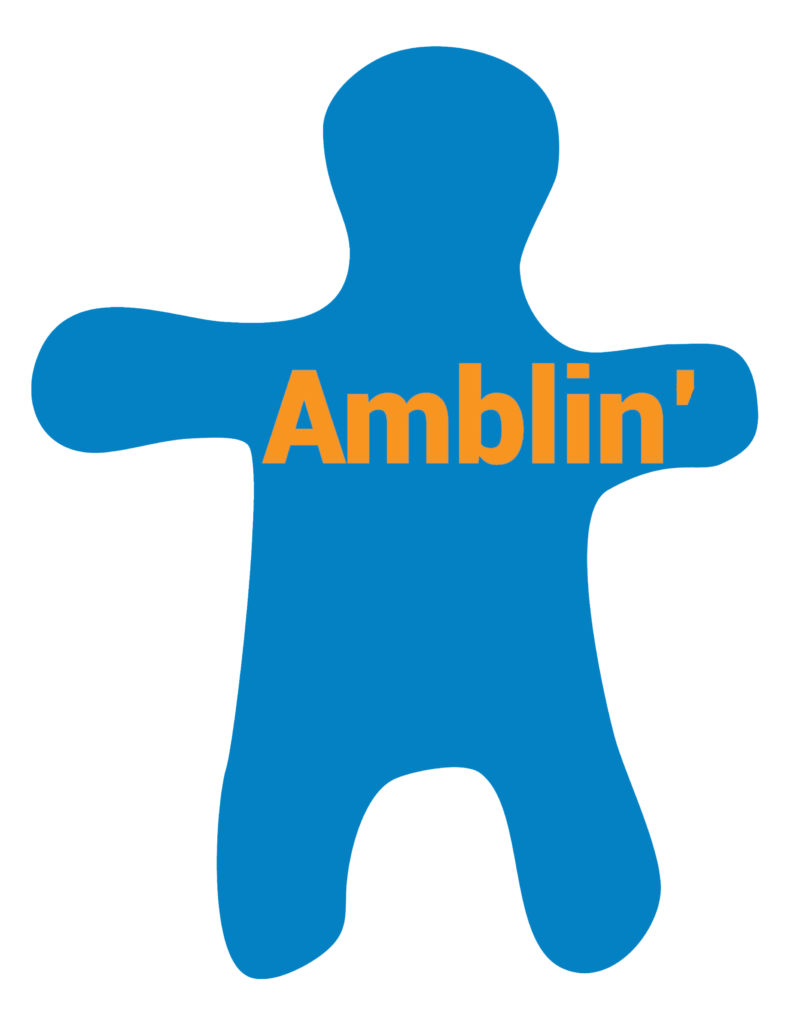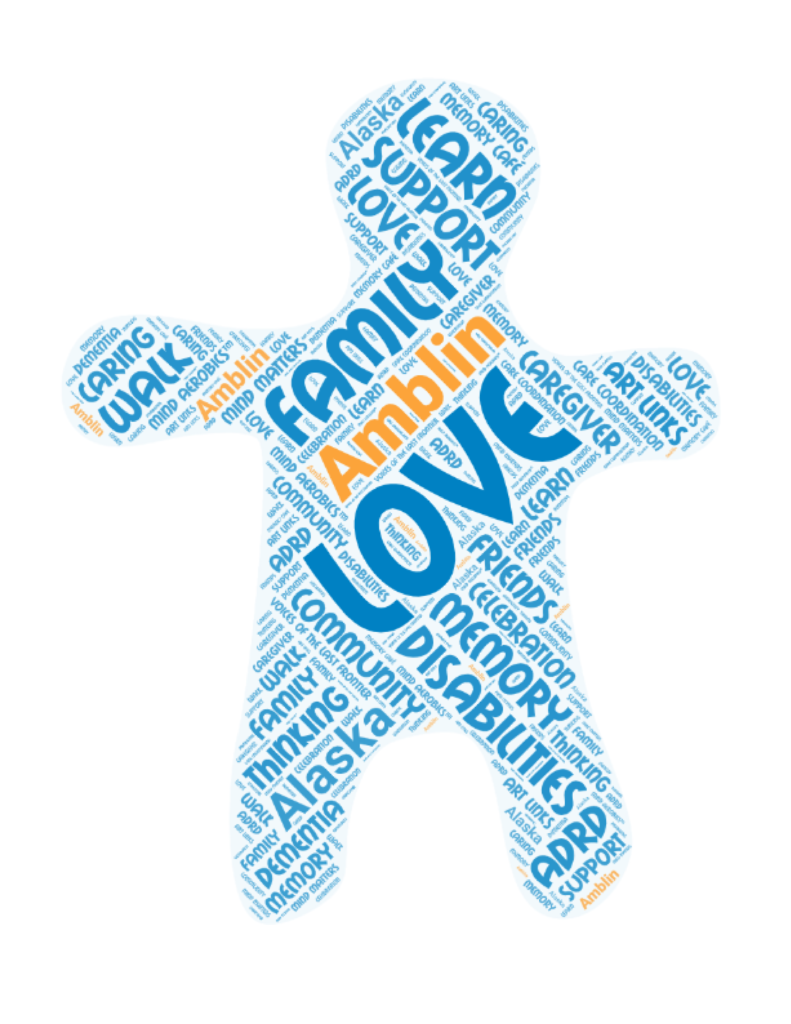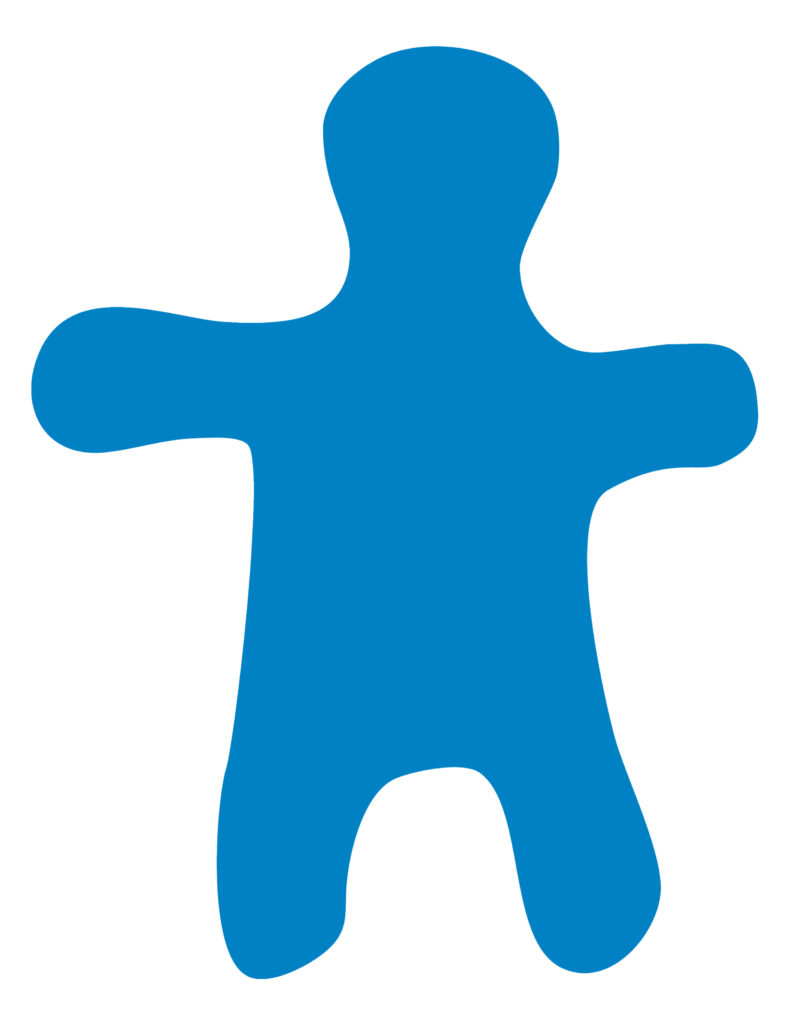What is Alzheimer’s?

Alzheimer’s disease (pronounced Alz’‐hi‐merz) is a progressive, degenerative disease that attacks the brain and results in impaired memory, judgment, thinking, behavior and social skills.
Alzheimer’s disease (AD) is the most common form of dementia. Dementia is a loss of intellectual function (thinking, remembering, and reasoning) which affects a person’s ability to function independently.
It affects approximately 12,500 Alaskans and 5.8 million people in the US, and is the sixth-leading cause of death in adults. Approximately 5.8 million people in the United States age 65 and older live with Alzheimer’s disease. Of those, 80% are 75 years old and older. Out of the approximately 50 million people worldwide with dementia, between 60% and 70% are estimated to have Alzheimer’s disease. Men and women are affected almost equally.
Dr. Alois Alzheimer first described the disease in 1906. Since then, researchers have developed a deeper understanding of the changes in the brain (plaques and tangles) and behavioral changes that characterize the disease. Age and family history have been identified as potential risk factors.
Most people diagnosed with Alzheimer’s disease are older than age 65; however, Alzheimer’s can occur in people in their 30s, 40s, and 50s.
[ps2id id=’symptoms’ target=”/]
See also: ![]() About Alzheimer’s Disease – What We Know
About Alzheimer’s Disease – What We Know
Symptoms
Symptoms of Alzheimer’s can include gradual memory loss, decline in the ability to perform routine tasks, forgetting recent events or conversations, disorientation, difficulty in learning, loss of language skills, impairment of judgment and planning, and personality changes.
The time from the onset of symptoms until death ranges from three to twenty years. The average life span after diagnosis is eight years. Eventually, people with Alzheimer’s become totally incapable of caring for themselves and carrying out everyday tasks.
[ps2id id=’diagnosis’ target=”/]
See also: ![]() Stages and Symptoms
Stages and Symptoms
Diagnosis

Early and careful evaluation is important because many conditions, including some that are treatable or reversible, can cause dementia. Potentially reversible conditions include depression, adverse drug reactions, metabolic changes and nutritional deficiencies.
There is no single clinical test to identify Alzheimer’s disease. A comprehensive evaluation to establish a diagnosis will include a complete health history, physical examination, neurological and mental status assessments and other tests including analysis of blood and urine, electrocardiogram (EKG) and chest x‐rays.
Documenting symptoms and behaviors over time will help physicians better understand the progression of the illness. The physician may order additional tests as needed including: computerized tomography (CT) scan, electroencephalograph (EEG), formal psychiatric assessment, and/or neurological/neuropsychological testing.
While this evaluation may provide a diagnosis of possible or probable Alzheimer’s, confirmation of the disease requires examination of brain tissue, which is done by an autopsy
See also: ![]() Dementia Diagnosis
Dementia Diagnosis
[ps2id id=’treatment’ target=”/]
Treatment
Although no cure for Alzheimer’s disease is presently available, good planning, medical and social management can ease the burdens on the individual with Alzheimer’s and his/her family. Health care directives and decisions can be made while the individual has the mental capacity to do so.
Physical exercise and social activity are important, as is proper nutrition. A calm and well‐structured environment may help the person. Intervention strategies and appropriate medication may lessen symptoms such as agitation and anxiety while improving sleep and participation in activities.
In advanced stages of the disease, complications from severe loss of brain function — such as dehydration, malnutrition or infection — result in death.
Medications
There are five FDA-approved medications for the treatment of Alzheimer’s disease ‐ Aricept, Exelon, Razadyne, Namenda and Cognex. Cognex is rarely prescribed due to dangerous side effects. These medications do not cure or stop Alzheimer’s disease but slow the progression of symptoms.
There is also a new but controversial drug called Adulhelm that was approved in July 2021, only for early-stage and/or mild cognitive impairment.
These medications do not cure or stop Alzheimer’s disease but may slow the progression of symptoms.
See Also: ![]() Medications and Dementia
Medications and Dementia
Causes & Research
The causes of Alzheimer’s are not known and are currently receiving intensive scientific investigation. Suspected causes include diseased genes or a genetic predisposition, abnormal protein buildup in the brain, and environmental toxins.
Scientists are applying the newest knowledge and research techniques in molecular genetics, pathology, immunology, toxicology, neurology, psychiatry, pharmacology, biochemistry, and epidemiology to search for causes, treatments, and cures for Alzheimer’s disease.
Statistics
One in eight people over age sixty‐five and nearly half of those over eighty‐five have a diagnosis of probable Alzheimer’s disease. That’s Approximately 12,500 Alaskans representing 5.8 million people nationwide that are currently affected by Alzheimer’s. It’s estimated that those numbers will grow by nearly 90% to 23,900 Alaskans by 2030. Out of the approximately 50 million people worldwide with dementia, between 60% and 70% are estimated to have Alzheimer’s disease.
At some point in the later stages of the disease, a person with Alzheimer’s may require twenty-four-hour care, including assistance with daily activities such as eating, grooming, and toileting.
The national cost for the financing of care for Alzheimer’s disease, including the cost of diagnosis, treatment, nursing home care and formal or paid care, is estimated to be more than $183 billion each year.* The remaining costs are paid by individuals and their families.
Family and friends provide eighty percent of care for individuals with Alzheimer’s disease and related disorders at home. The annual cost of home care to the individual is estimated at $76,000, including medical expenses and indirect costs such as caregiver’s time and lost wages.
Half of all nursing home residents are diagnosed with Alzheimer’s disease or a related disorder; the average cost of nursing home care in the U.S. for an AD patient is between $77,998 and $87,362 per year.*
* As of 9/10/2021 per The Alzheimer’s Association statistics.
How we can help
- Individual and family consultations.
- Caregiver support groups by telephone or video conference (a great way to learn about local resources)
- Community Resource Guides or setup a consultation for further community referrals.
- Brochures and handouts
- Lending library and recommended books/videos/websites
- Educational programs, seminars and state-wide webinars on relieving stress for caregivers, family consultations, financial and legal planning, and Savvy Caregiving and more.
- Printable Fact Sheets
- Care coordination services
- Assistance to find respite services, chore services, or consumer-directed personal care attendant services.
- Mini-grant funds for items that will help your loved one
Related Resources
Alzheimer’s and Dementia Info Pages
- 10 Steps in Planning for the Future
- 10 Warning Signs
- About Alzheimer’s Disease
- About ADRD
- Activities for Adults with Dementia
- Assisted Living Homes
- Caregiver Checklist
- Combativeness
- Communication Tips
- Diagnosis
- Dining & Dementia
- Driving and Dementia
- Introducing Services
- Treatment & Medications
- Medications & Dementia
- Normal Aging vs. Alzheimer’s
- Prevention
- Strategies for Wandering
- Stages and Symptoms
- Talking with Children about Alzheimer’s
- Traveling with Alzheimer’s
 Make a Payment
Make a Payment



